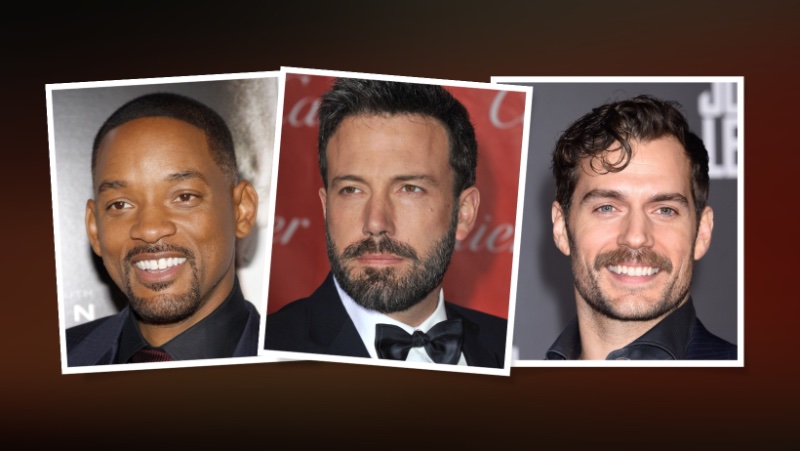
Beard styles serve as a distinct medium of self-expression, each sculpted to reflect the wearer’s individuality. Straddling the spectrum from the refined to the daring, these facial adornments are deeply rooted in tradition and at the forefront of trendsetting.
Popular Beard Styles
The craft of beard styling is an intersection of preference and grooming precision, a mirror of the face and the choice and persona it seeks to convey.
For those who may not want a beard all the time, or prefer switching up their look often, there are convenient solutions. Using a beard removal app, you can easily visualize a clean-shaven version of yourself before committing to the change.
Anchor Beard
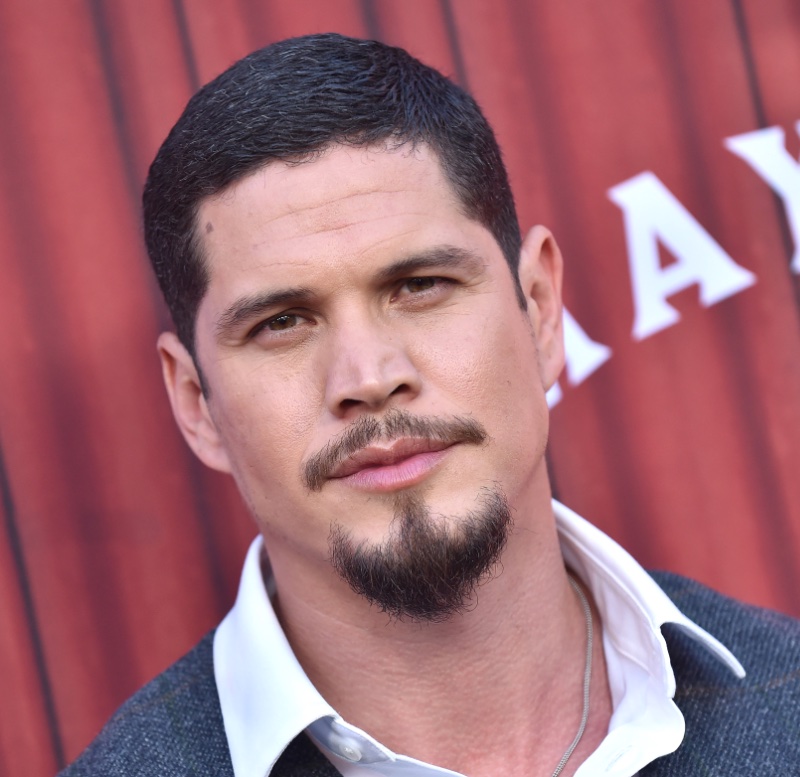
The Anchor beard gets its name from the nautical anchor shape it resembles. It is defined by a pointed beard that traces along the jawline and is connected to a moustache but with cleanly shaven cheeks. Trimming tools with edging capabilities are essential for achieving sharp lines and maintaining the anchor’s precise definition.
Balbo Beard
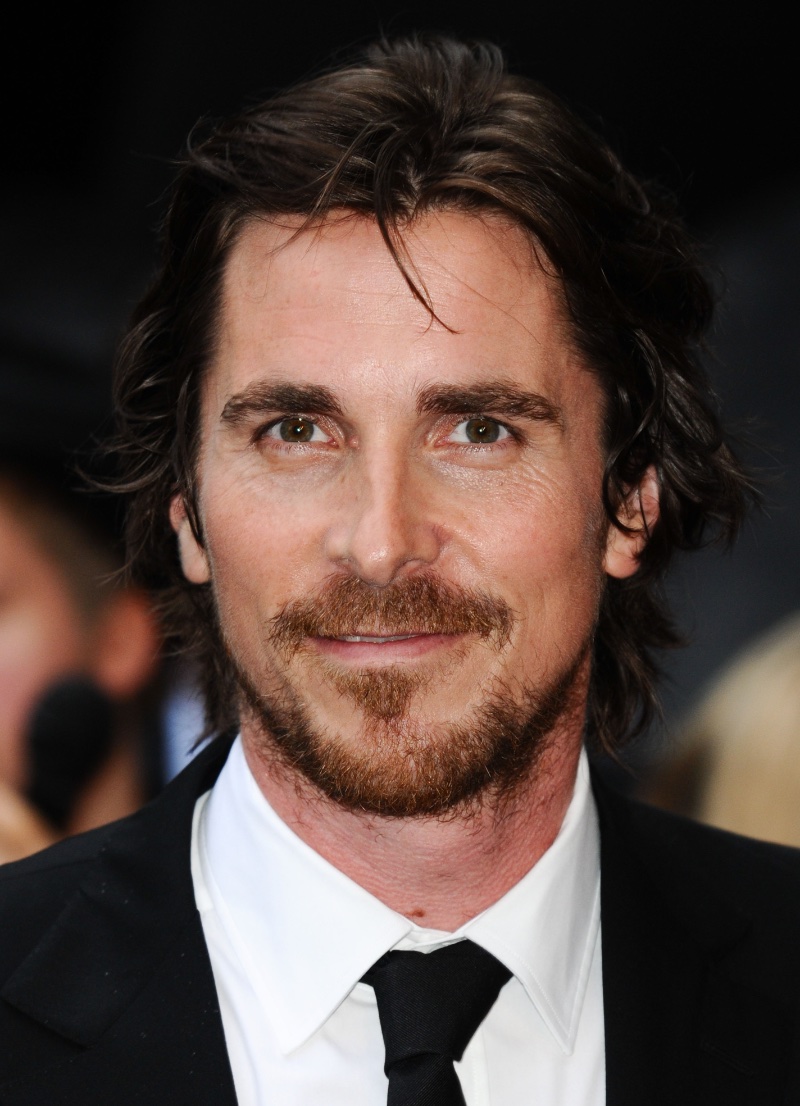
The defining feature of the Balbo beard is the clear separation between the moustache and the hair on the chin, creating a look that commands attention to the lower face. For the individual keen on adopting this style, it’s essential to focus on the cheek and neck areas for a clean shave, leaving the moustache and chin hair to stand out.
Beardstache
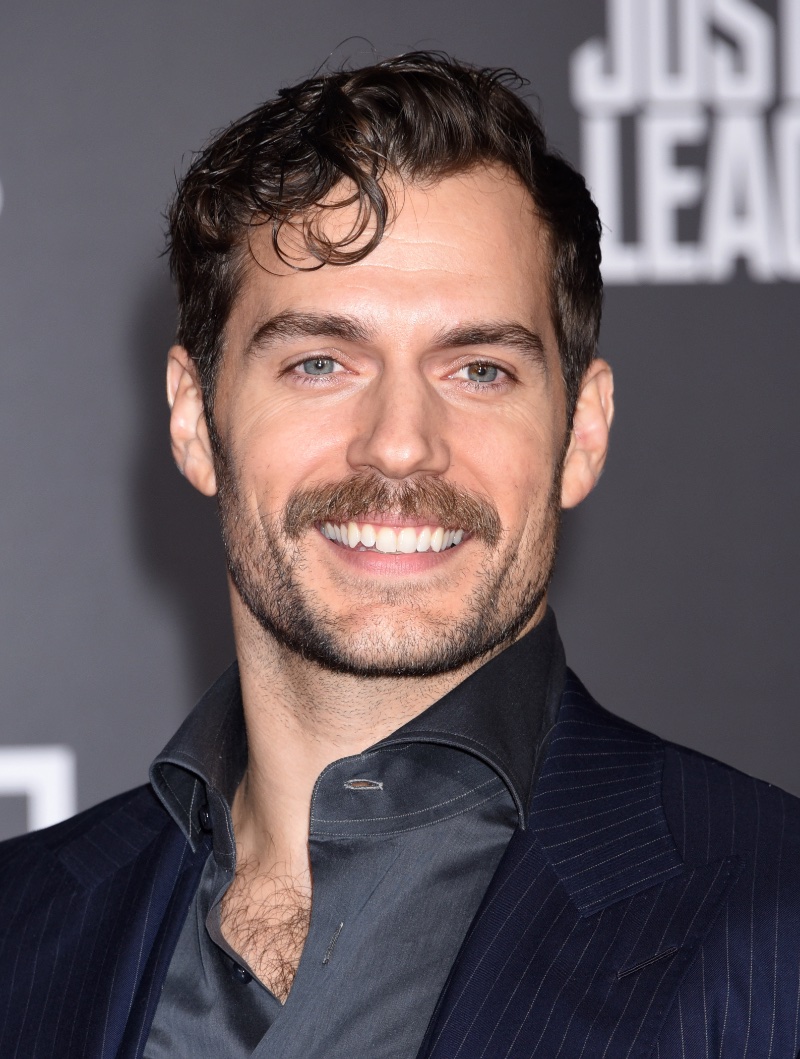
The Beardstache is characterized by a prominently thicker moustache paired with a shorter stubble across the rest of the face. It’s a style that balances the ruggedness of a beard with the defined shape of a moustache.
To achieve this look, maintain a fuller moustache while carefully trimming the hair on the cheeks and neck using a lower guard on a quality trimmer. The contrast between the pronounced moustache and the shorter stubble creates a striking visual perception that plays well with a casual, sharp, tailored appearance.
Chinstrap Beard
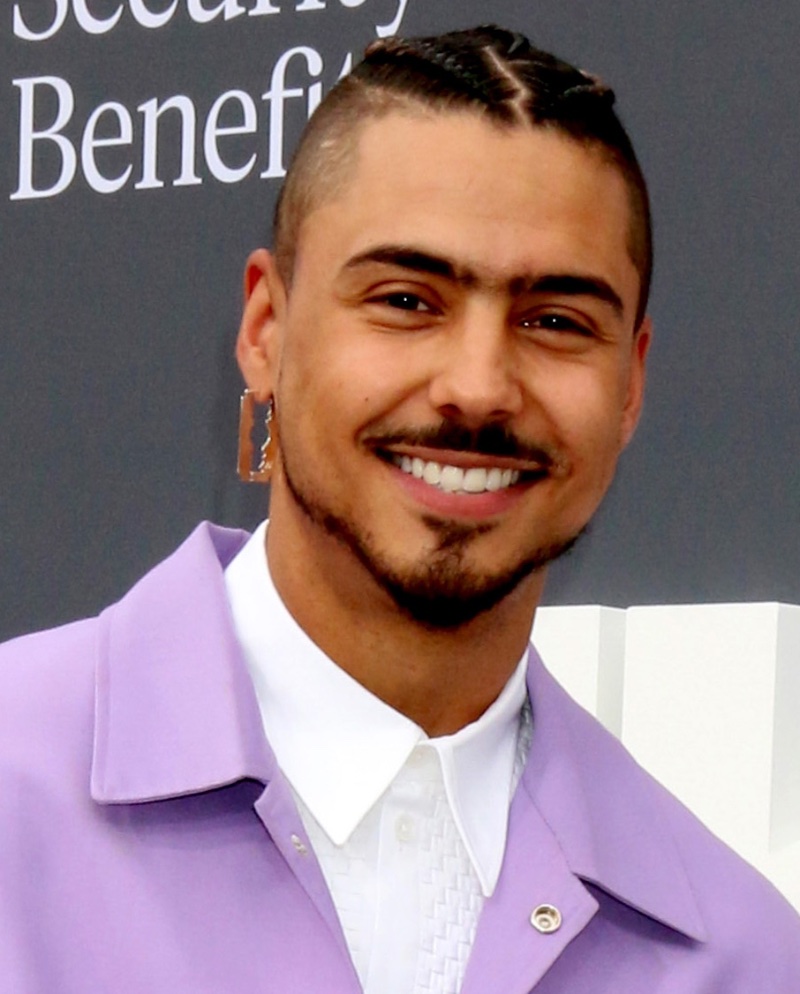
The Chinstrap beard is defined by thin strips of facial hair that outline the jaw and follow the chin’s natural contour. The cheeks and neck should be cleanly shaven to emphasize the chinstrap’s shape.
This look is well-suited for those with a well-defined jawline and can add the illusion of length to rounder face shapes.
Circle Beard
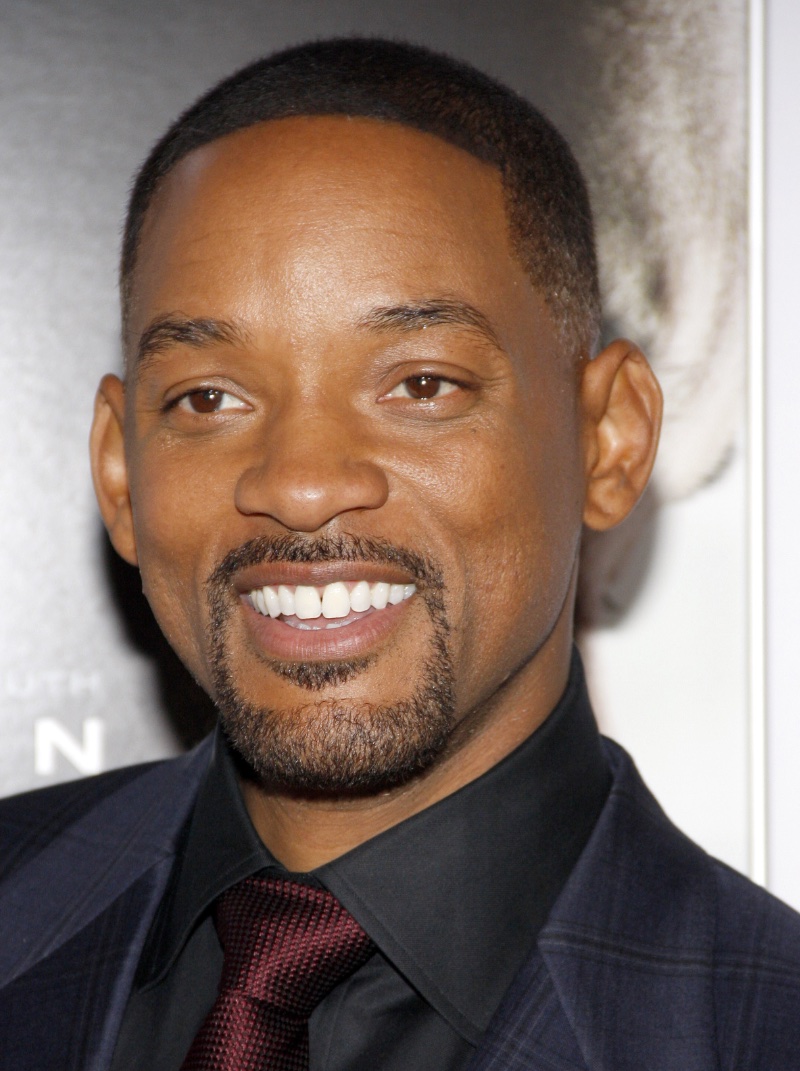
The Circle beard, blending a mustache with a rounded goatee, presents a classic choice that frames the mouth and emphasizes the chin. This style suits a variety of face shapes and is effective in defining facial contours.
Achieving the perfect Circle beard involves careful shaping around the lips to maintain the circular illusion, with frequent trimming to ensure the edges remain sharp. The cheeks and neck should be cleanly shaven for a neat appearance, enhancing the visual perception of the circle.
Corporate Beard
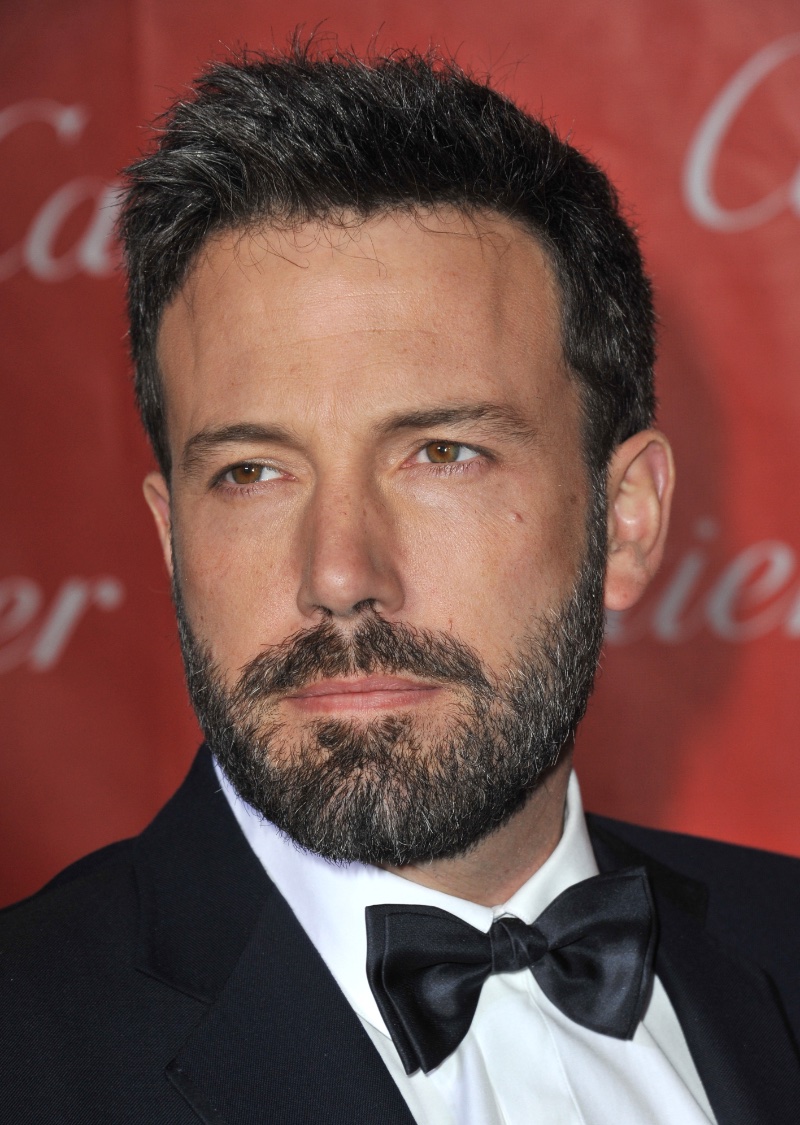
The Corporate beard is a full but meticulously groomed facial hair style conveying professionalism and seriousness. Its even length characterizes it, typically kept short to medium, and its well-defined borders along the cheeks and neck.
The mustache seamlessly blends into the beard, which should be regularly trimmed to maintain a neat and uniform appearance. This beard style can enhance facial features, giving the jawline and chin a fuller look.
Ducktail Beard
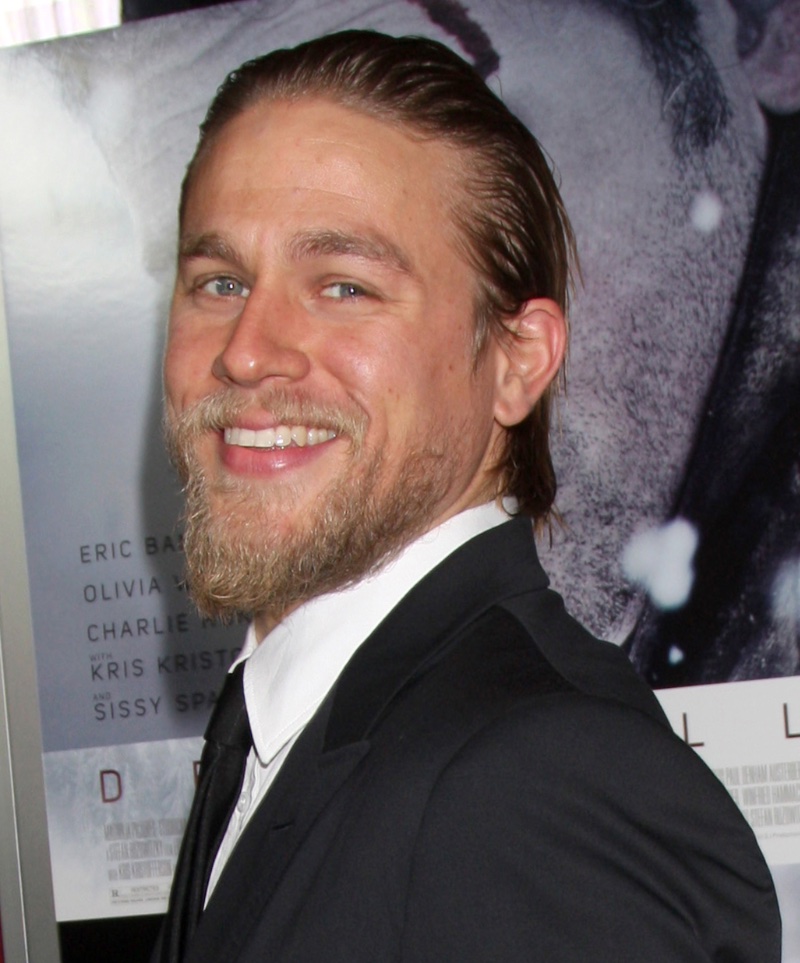
The Ducktail beard is defined by the beard hair being allowed to grow longer on the chin to resemble the shape of a duck’s tail, while the hair on the cheeks and sideburns is kept shorter for contrast. This style combines the careful grooming of a corporate beard with the bold statement of longer facial hair.
It suits various face shapes and adds a visual interest that draws attention to the lower face.
Faded Beard
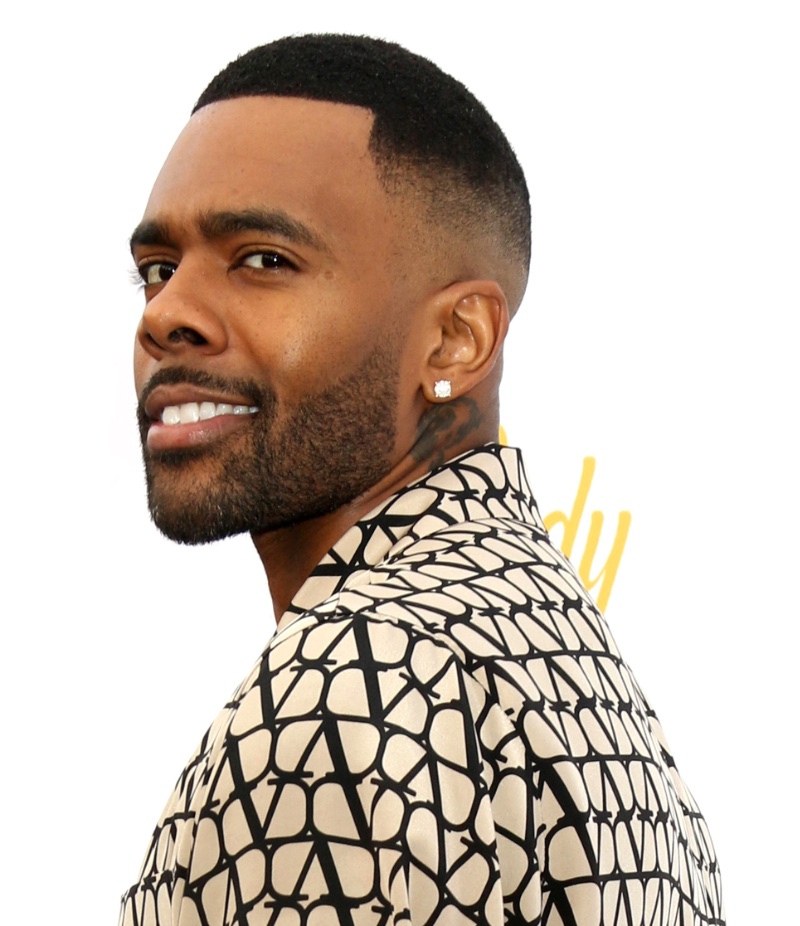
The Faded beard is a modern style that creates a smooth transition from the sideburns down to the beard. This style requires precision, as the fade must be carefully blended to avoid harsh lines.
A skilled barber with the right tools can customize the fade to complement hair density and facial structure, enhancing the cheek and jawline.
French Fork Beard
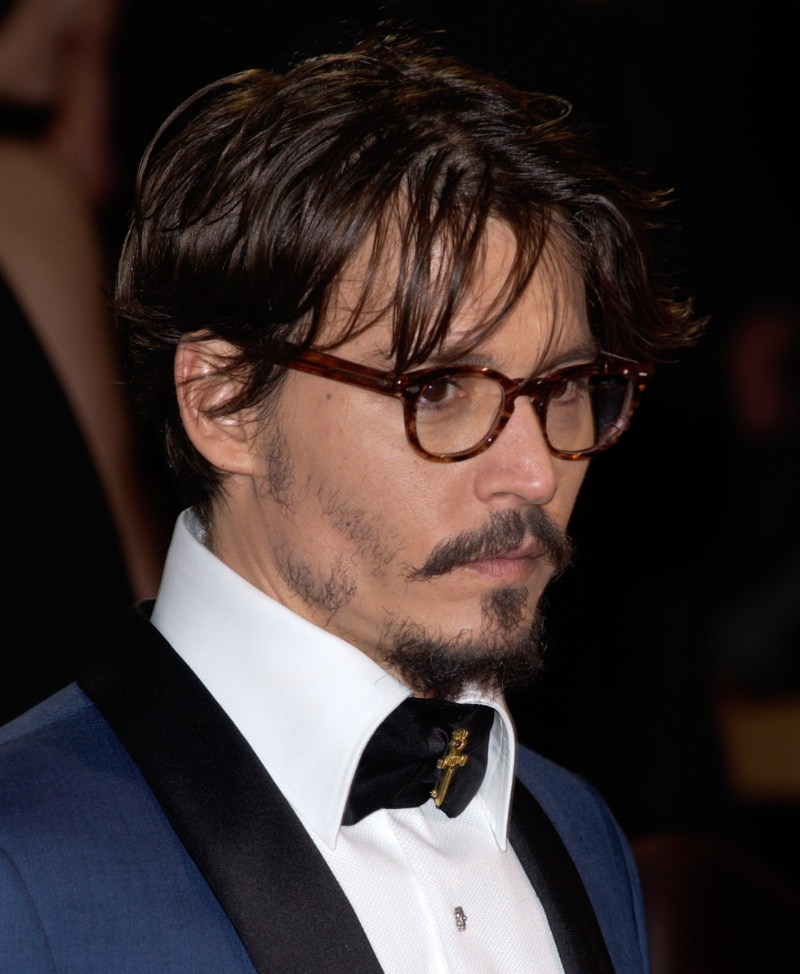
The French Fork beard is a unique style characterized by the beard splitting down the middle into two segments at the chin, resembling a fork. It’s an avant-garde take on the full beard, combining length and distinct styling.
This style offers an edgy twist to the traditional beard, implying a personality that appreciates the blend of old-world fashion with a touch of rebelliousness.
Full Beard
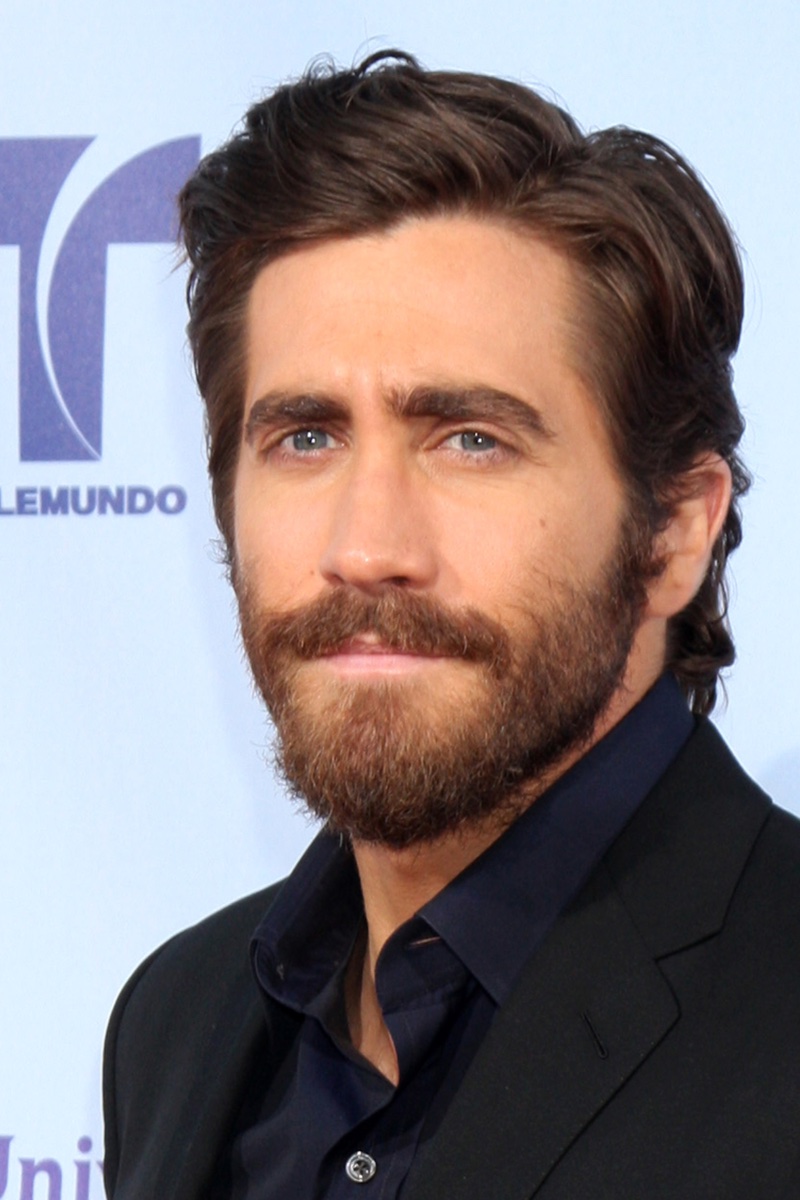
A Full beard is about letting facial hair grow naturally, achieving a thick, uniform coverage across the face. Regular trimming helps maintain shape and remove split ends, while beard oil can keep the hair conditioned and the skin moisturized.
Garibaldi Beard
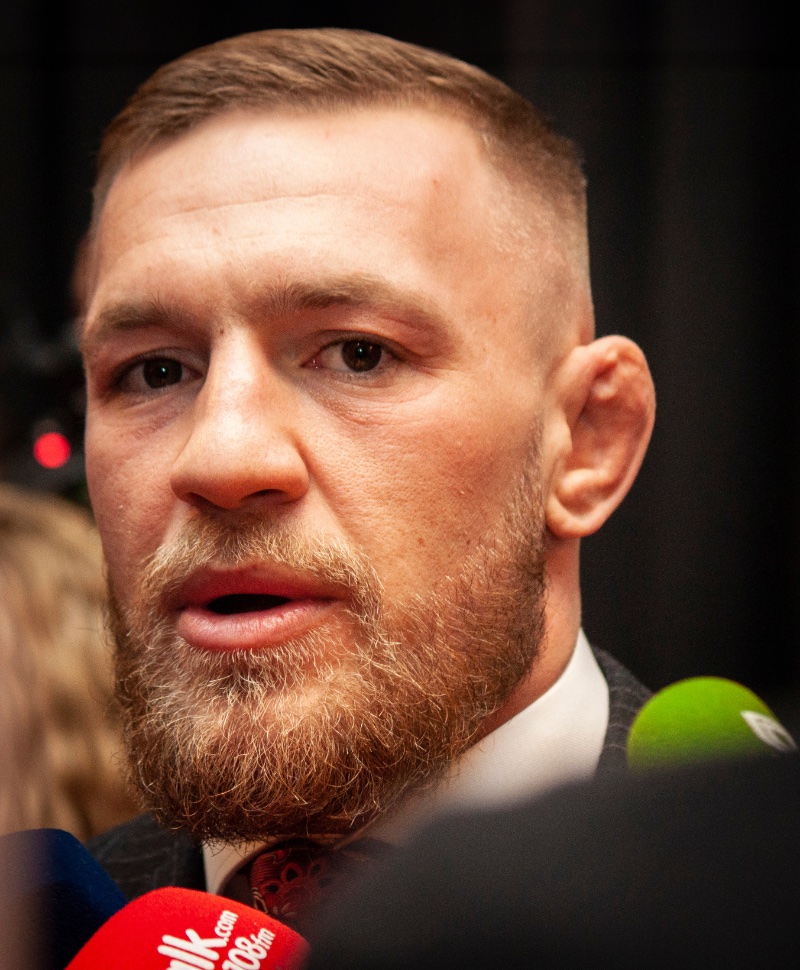
The Garibaldi beard, inspired by Giuseppe Garibaldi, is a full, rounded beard that combines volume with a touch of unrefined sophistication. This beard style is characterized by its broad, bushy appearance and slightly rounded bottom, which typically doesn’t extend more than 20 centimeters in length.
To maintain its characteristic shape, the beard should grow naturally while trimming is kept to a minimum—focusing on maintaining the rounded bottom and ensuring the moustache is well-groomed to prevent overgrowth.
Goatee
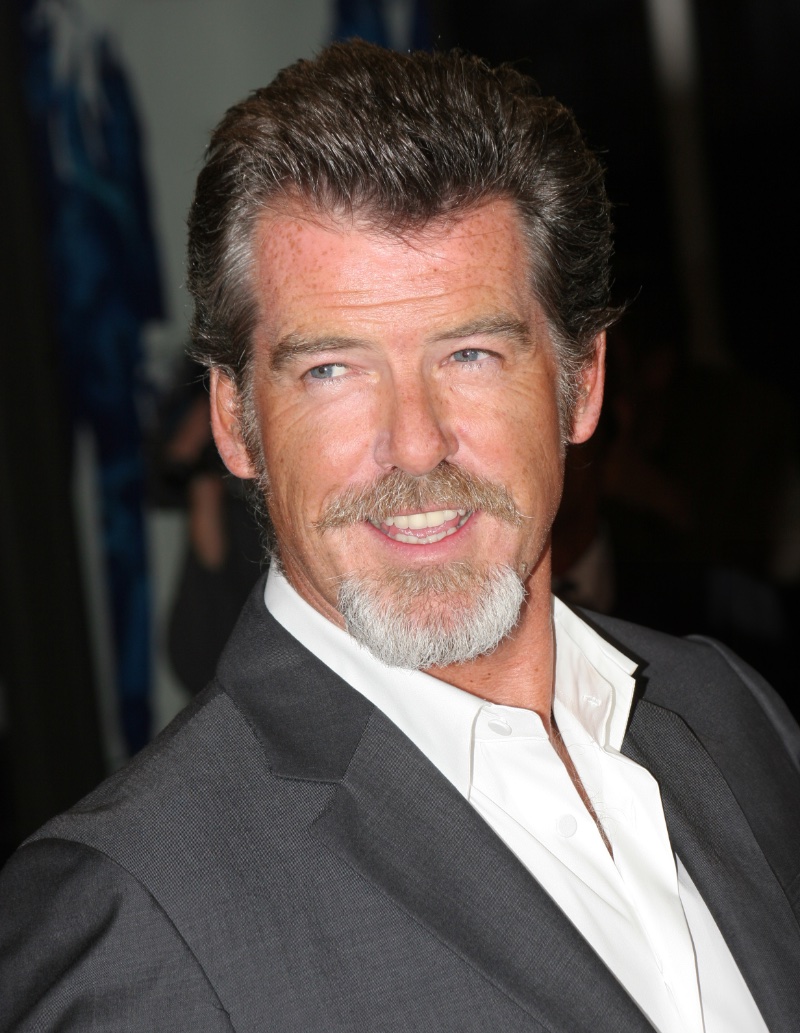
The Goatee is a classic facial hair style that features hair on the chin and usually includes a mustache. It is a versatile look that can be tailored to suit different face shapes and personal styles.
This beard style is often chosen by men who wish to accentuate their chin or disguise a soft jawline, as it draws attention to the lower part of the face.
Gunslinger Beard
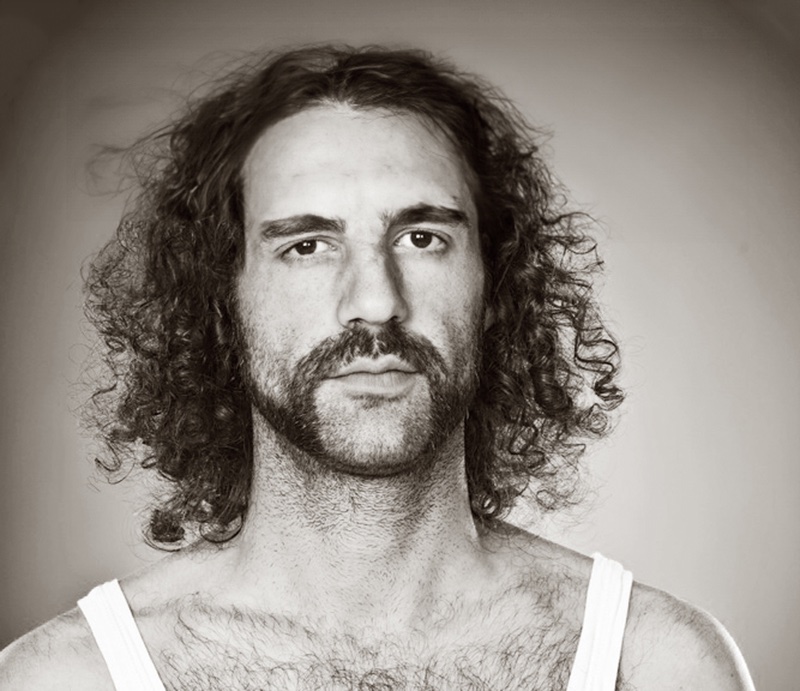
The Gunslinger beard is often associated with the fearless outlaws of the Old West. It features long, full sideburns extending into a mustache while the chin remains clean-shaven or has a soul patch.
This style requires strategic grooming; the sideburns and mustache should be allowed to grow thick but kept well-trimmed to avoid a bushy appearance. The chin and neck should be shaved to emphasize the distinctive shape of the sideburns and mustache.
Hollywoodian Beard
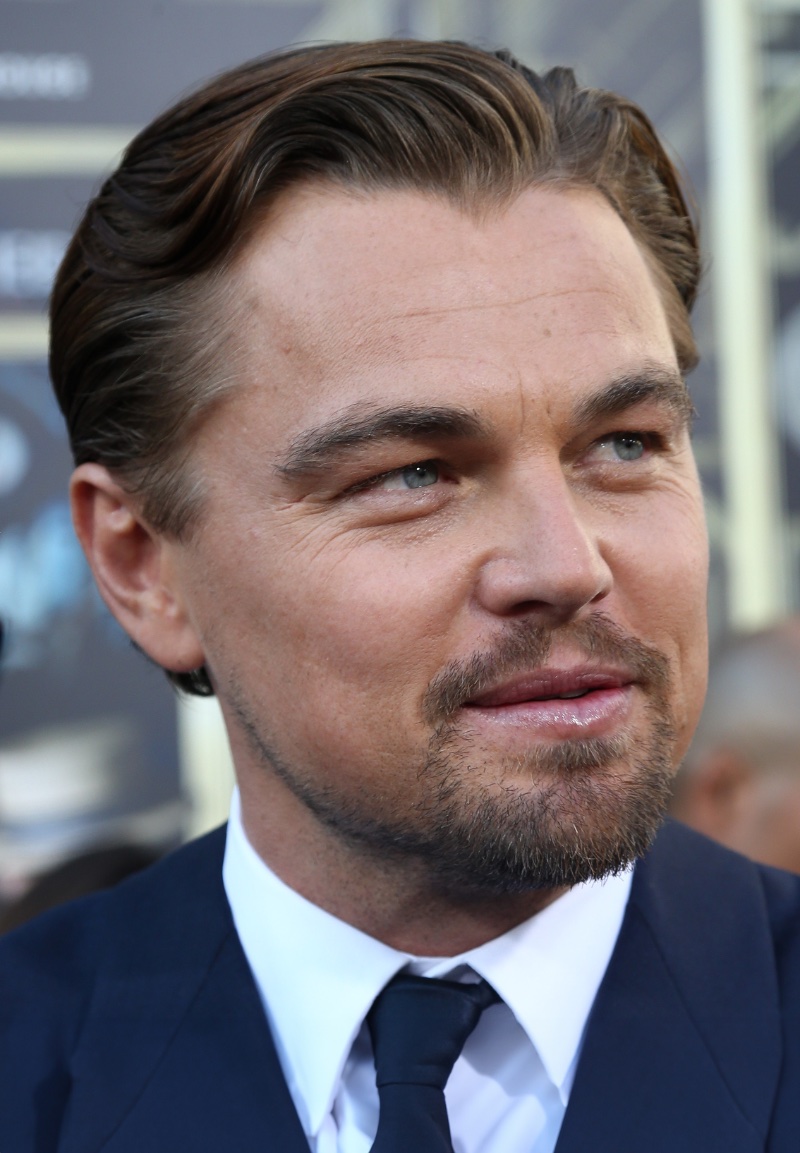
The Hollywoodian beard is defined by the absence of sideburns and a prominently full and often tapered beard that extends from the hairline past the jawline and chin. It frames the face by drawing attention to the mouth and jaw, combining traditional beard fullness with modern styling.
To perfect this style, regular shaping is essential to accentuate the face’s natural lines, and the cheeks should be kept clean-shaven to emphasize the beard’s standalone prominence.
Mutton Chops Beard
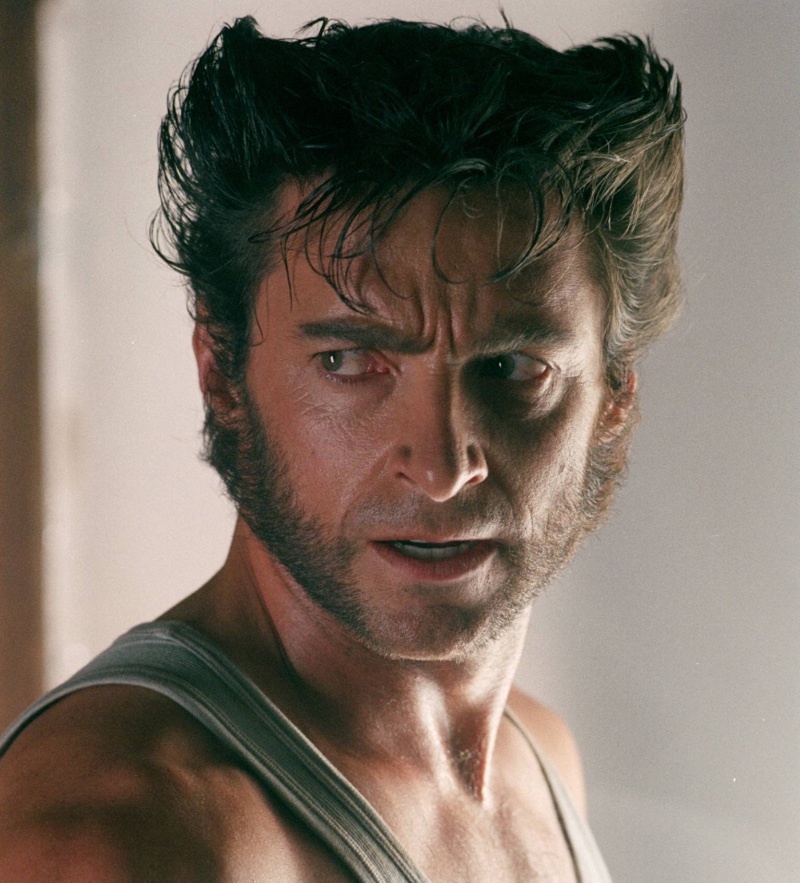
Mutton Chops are characterized by hair covering the jawline and extending to the cheekbones. At the same time, the chin remains clean-shaven, offering a distinctive look reminiscent of the 19th century with a modern twist.
To properly maintain this style, it’s essential to let the sideburns grow out thickly, trimming them carefully to ensure they cover the jawline and cheek area without encroaching on the mouth region.
Royale Beard
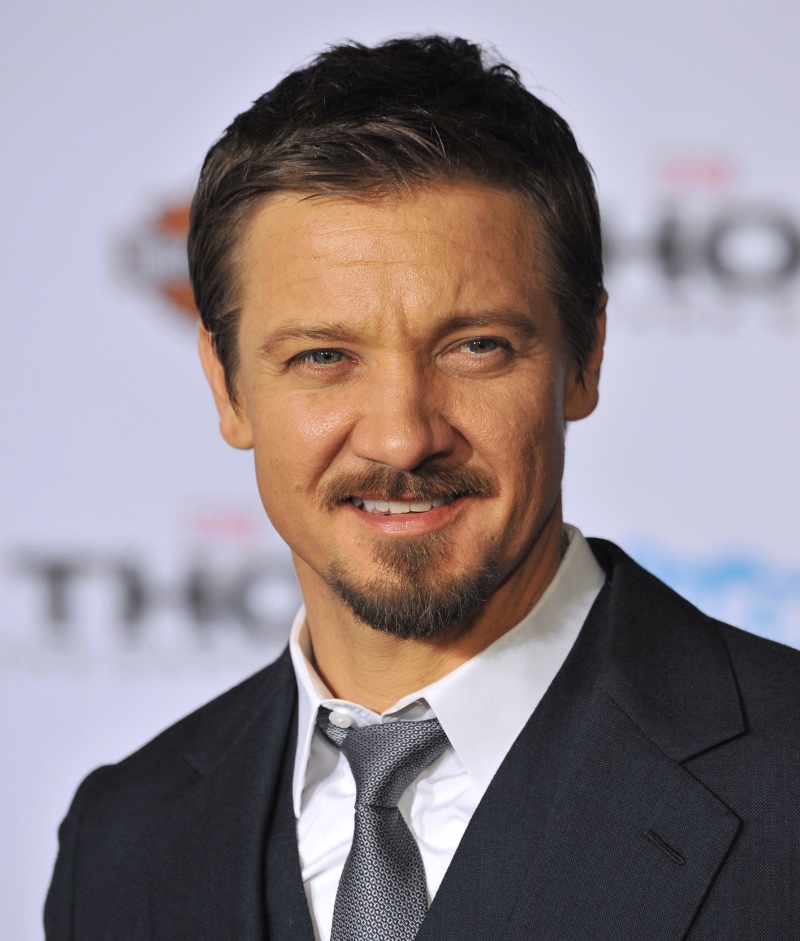
The Royale Beard is a stylish combination of a moustache and a goatee without sideburns. It presents a clean and defined appearance and adds character to the face without the fullness of a traditional beard.
The cheeks should be kept clean-shaven to accentuate the distinct facial hair around the mouth and chin, which is the focal point of the Royale beard. It’s a versatile look that works well for different face shapes and is suitable for those who prefer a less is more approach in their grooming habits.
Short Boxed Beard
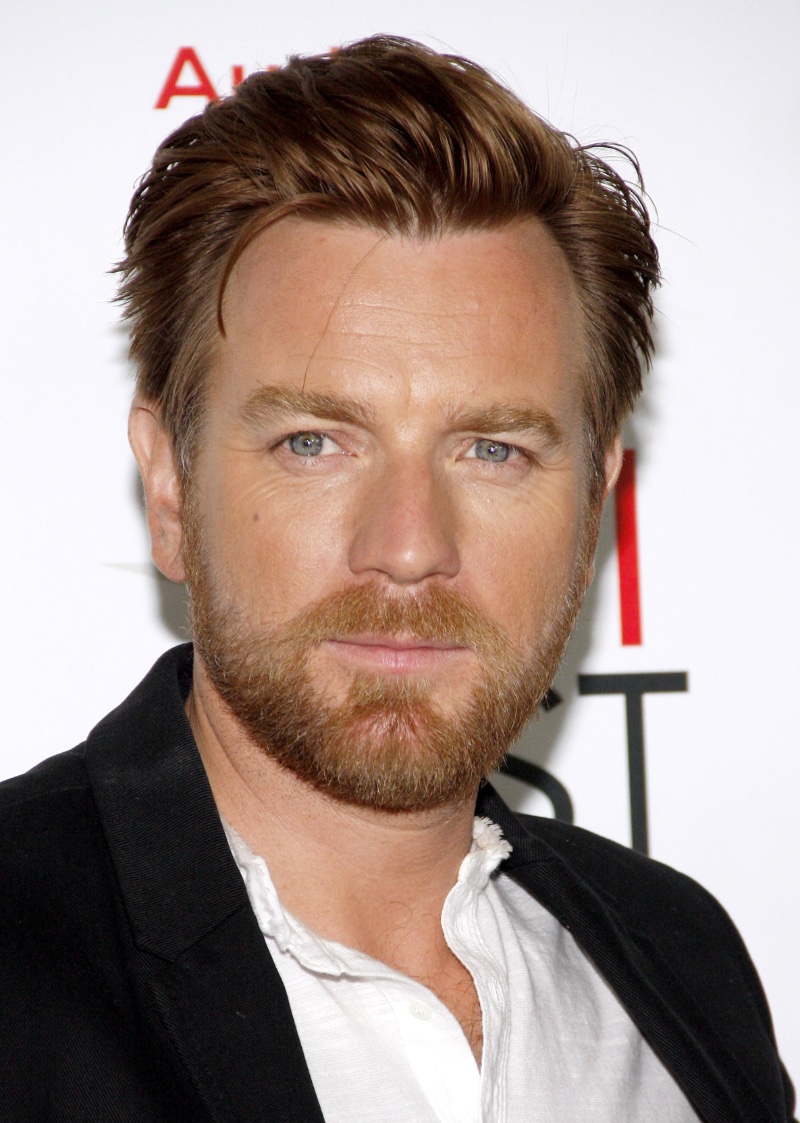
The Short Boxed beard is characterized by its neat lines and defined edges. It covers the jawline and chin with closely trimmed square facial hair. The mustache is usually connected to the beard, and the cheeks are well-groomed to maintain the beard’s boxed appearance.
Stubble / Five O’Clock Shadow
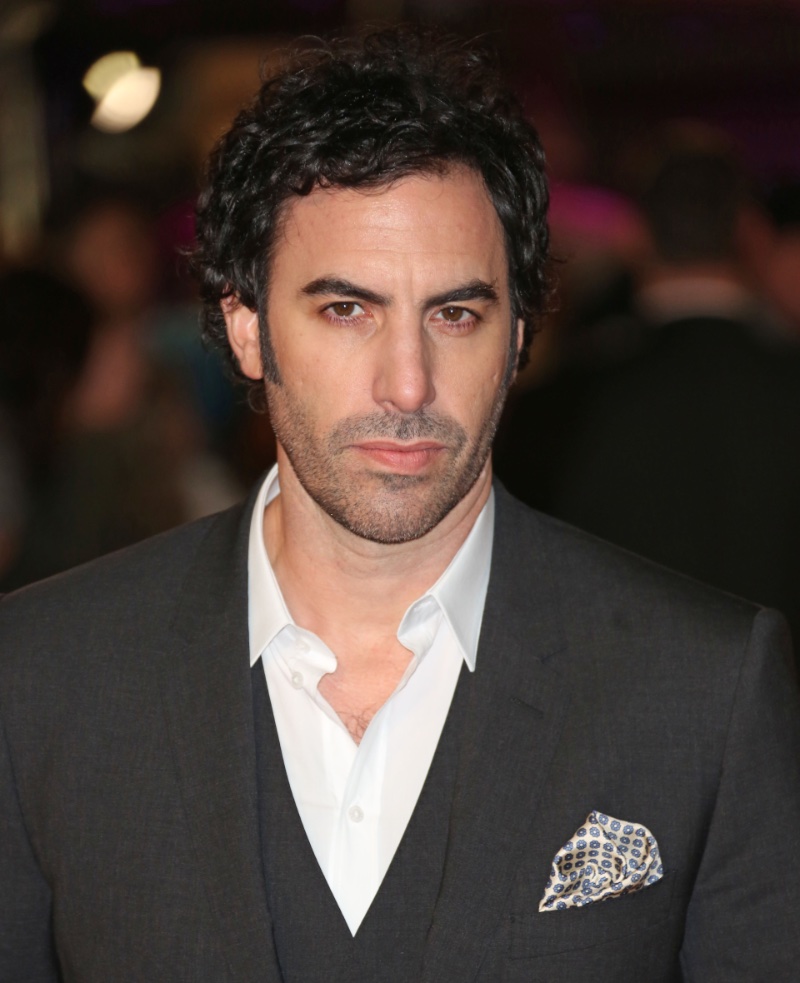
Stubble, often called the Five O’Clock Shadow, is the slight showing of facial hair that appears a few hours or days after shaving, depending on individual hair growth rates. It creates a rugged yet subtle look.
To maintain this style, trimmers with a stubble setting are used to keep the length consistent and the edges relatively natural. It’s a style that requires minimal effort but frequent grooming to ensure it doesn’t cross into an unkempt territory.
Van Dyke Beard
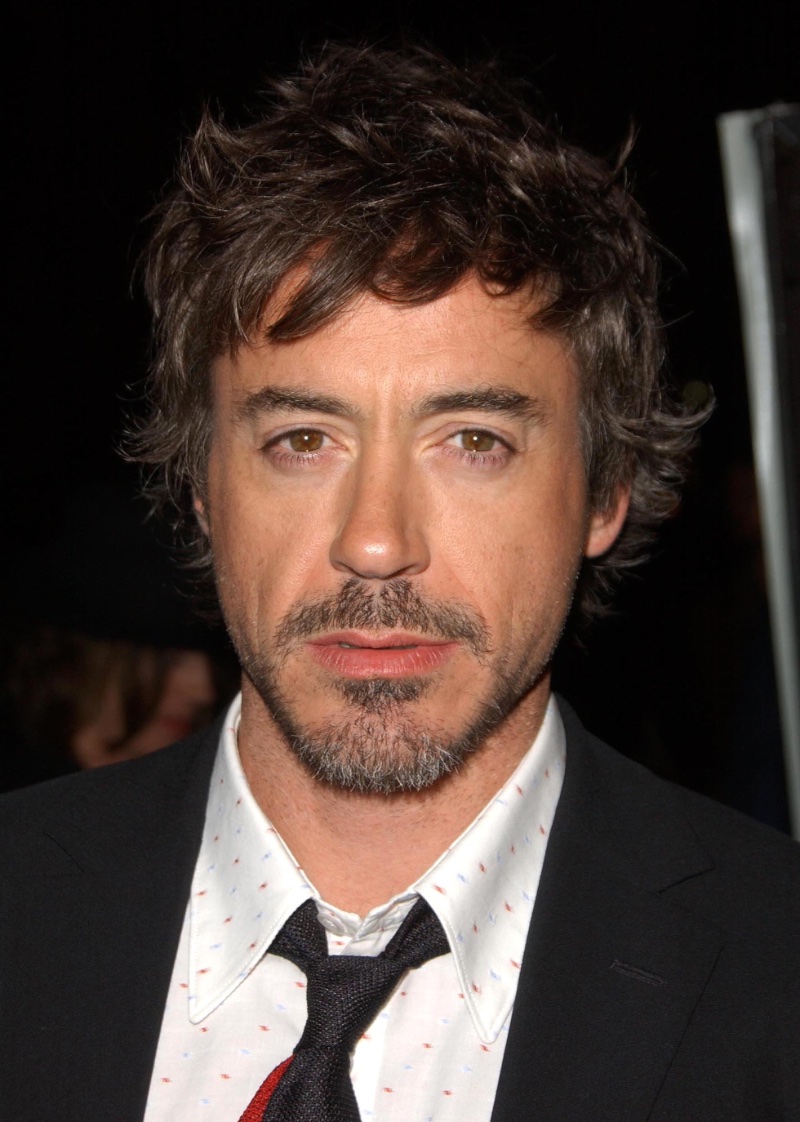
The Van Dyke Beard consists of a full goatee—that is, a circle beard with a mustache—that is not connected to the cheek hair and a mustache that is often styled to flair outward. This beard style requires precise shaving, leaving the cheeks and jawline clean while focusing on the meticulous shaping of the goatee and mustache.
It’s a beard style with historical significance, evoking the creativity and elegance of the 17th century. It represents a blend of old-world charm with a modern twist for the contemporary man.
Verdi Beard
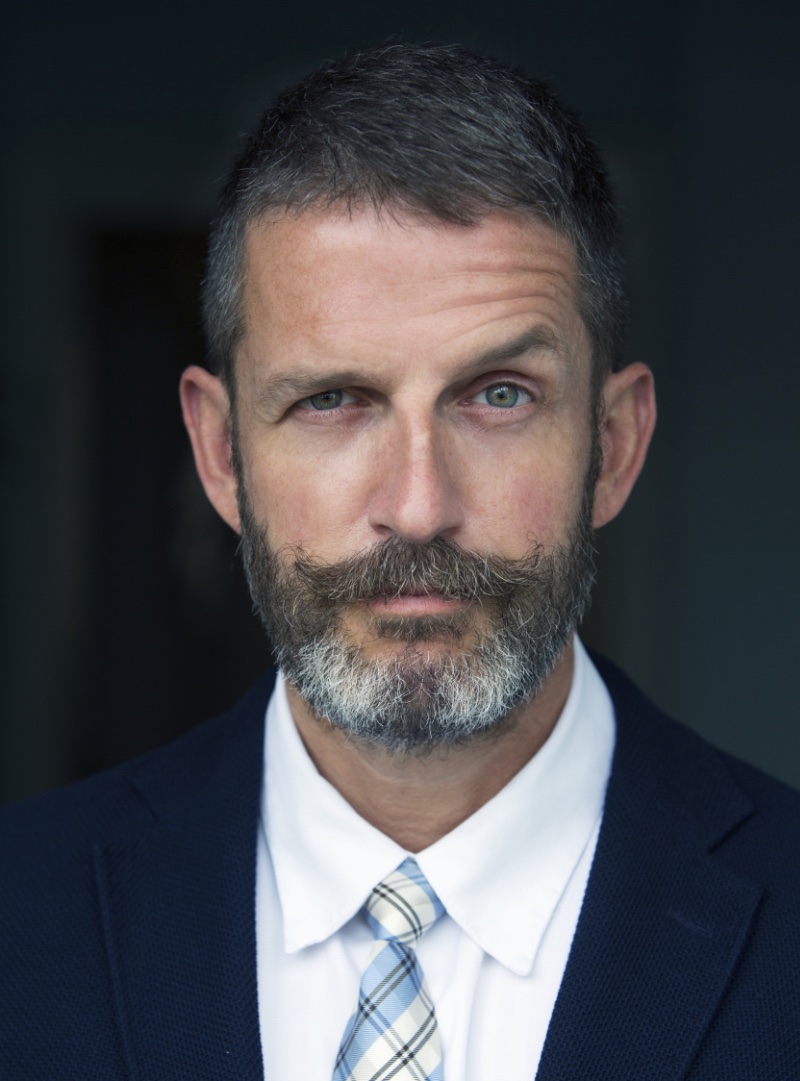
The Verdi beard is distinguished by its sophisticated style. It combines a full beard, a rounded bottom, and a distinct, styled moustache. The moustache is often waxed to curl slightly at the ends, adding a touch of elegance.
The beard should be neatly trimmed and shaped to accentuate the face’s natural contours, giving a powerful but refined appearance. Regular grooming, including combing and using beard oils, is essential to maintain the beard’s shape and the moustache’s flair.
The Modern Narrative of Beard Styles
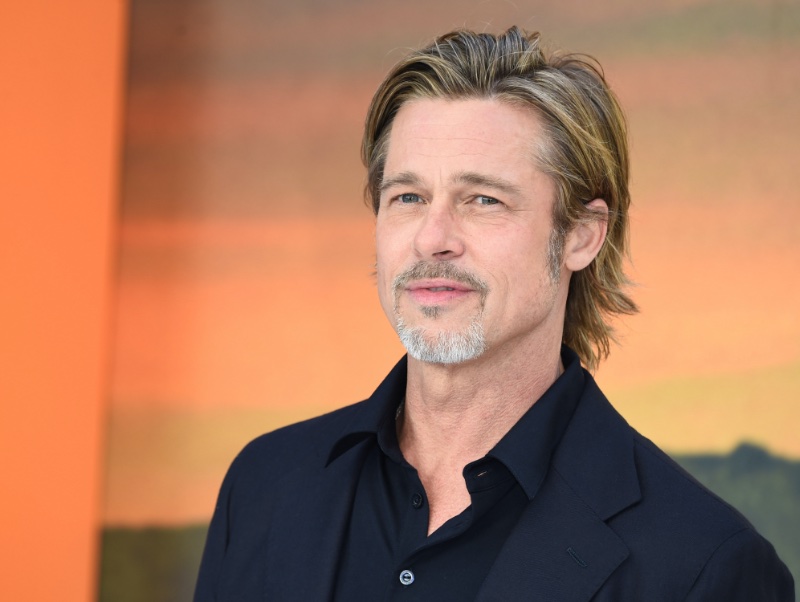
Beard styles serve as chapters in the rich narrative of personal expression. Anchored not in the fleeting whims of fashion, they reflect the diverse fabric of individuality. The Anchor, Balbo, and Verdi are not simply selections in a catalog of trends, but timeless expressions of identity and distinction.
These styles represent each man’s unique journey to carve out his image. Whether it be the quiet elegance of stubble or the Gunslinger’s audacious statement, every choice celebrates individuality, with every face telling a story and every beard a chapter to be told.




